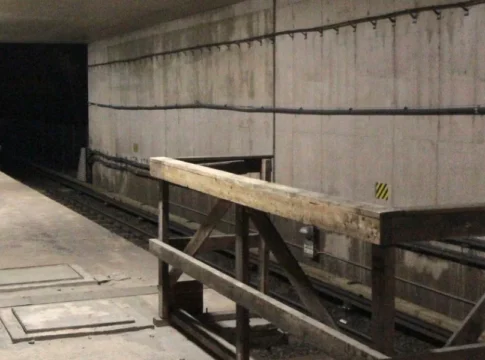 Photo: Unknown author (CC0)
Photo: Unknown author (CC0)Kymlinge: Stockholm’s haunted ghost station
Dive into the chilling tale of Kymlinge, Stockholm's infamous ghost station. Discover its eerie lore, making it a unique and…

When you think of Stockholm, images of picturesque archipelagos, iconic museums, and vibrant cultural scenes might come to mind. However, hidden beneath the surface of this Scandinavian gem is a legend that continues to captivate both locals and tourists: the Silverpilen (Silver Arrow), an enigmatic ghost train that haunts the Stockholm metro.
Stories of the Silverpilen vary, but they all echo a common theme—disappearing passengers and ghostly sightings. Some say that the train appears in the dead of night, stopping at stations that have been long abandoned or are yet to be built. People claim that once they board it, they never come back, disappearing into the murky depths of the metro system.
One of the most chilling tales recounts sightings of the Silverpilen at Kymlinge station, an unfinished and unused stop on the Blue Line. The station itself is shrouded in mystery, further fueling the narrative of the ghost train. Locals warn that “only the dead get off at Kymlinge,” a saying that has cemented the station’s reputation as a ghostly locale.
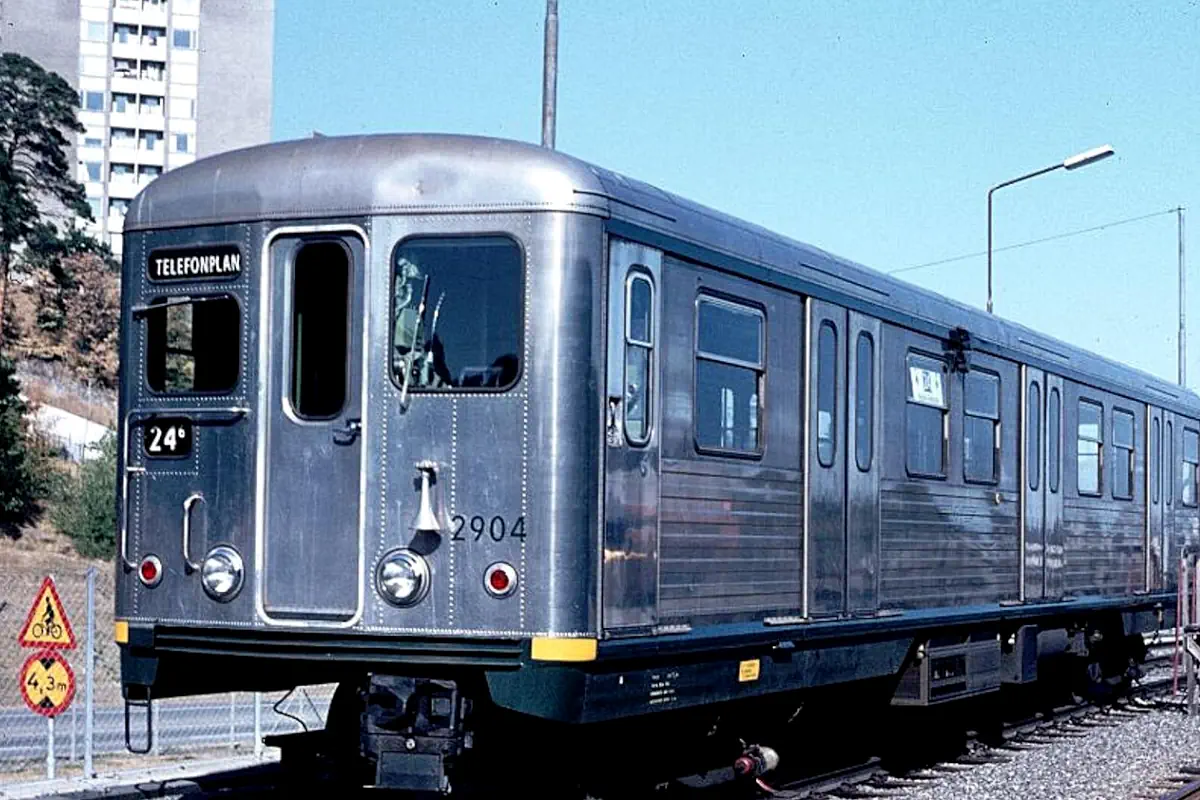
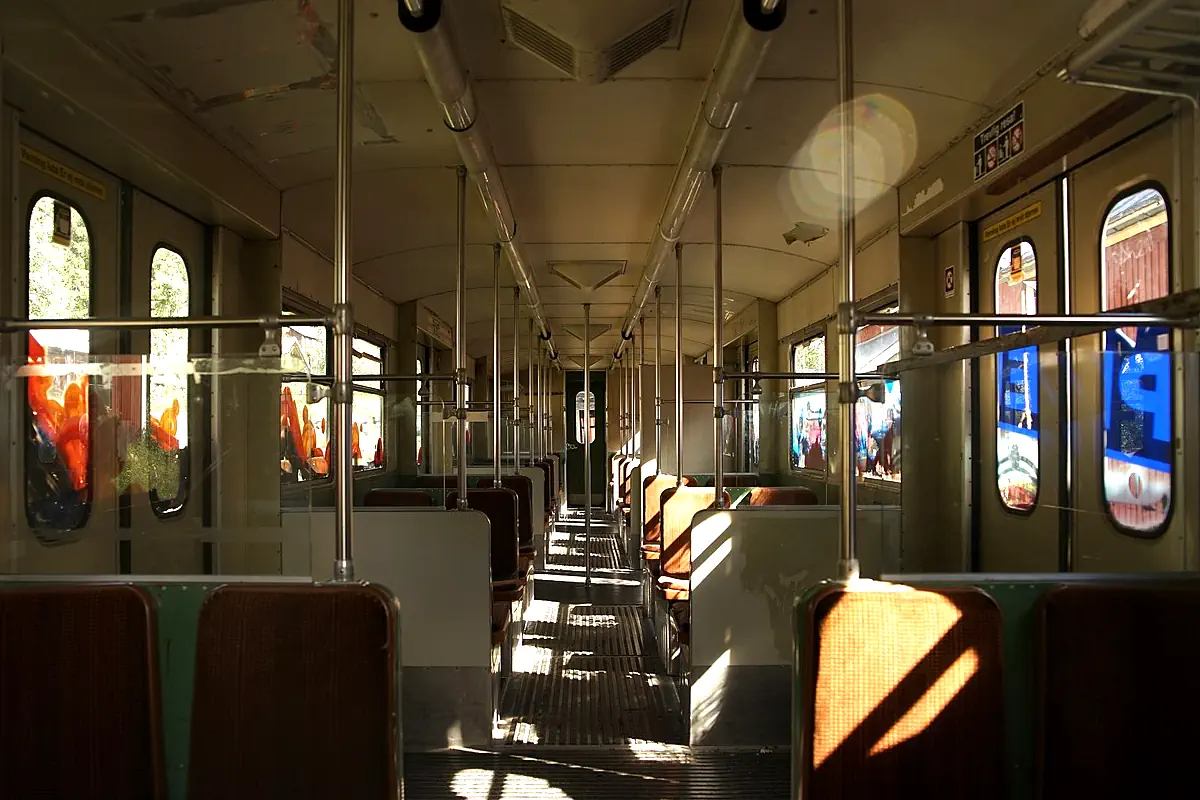
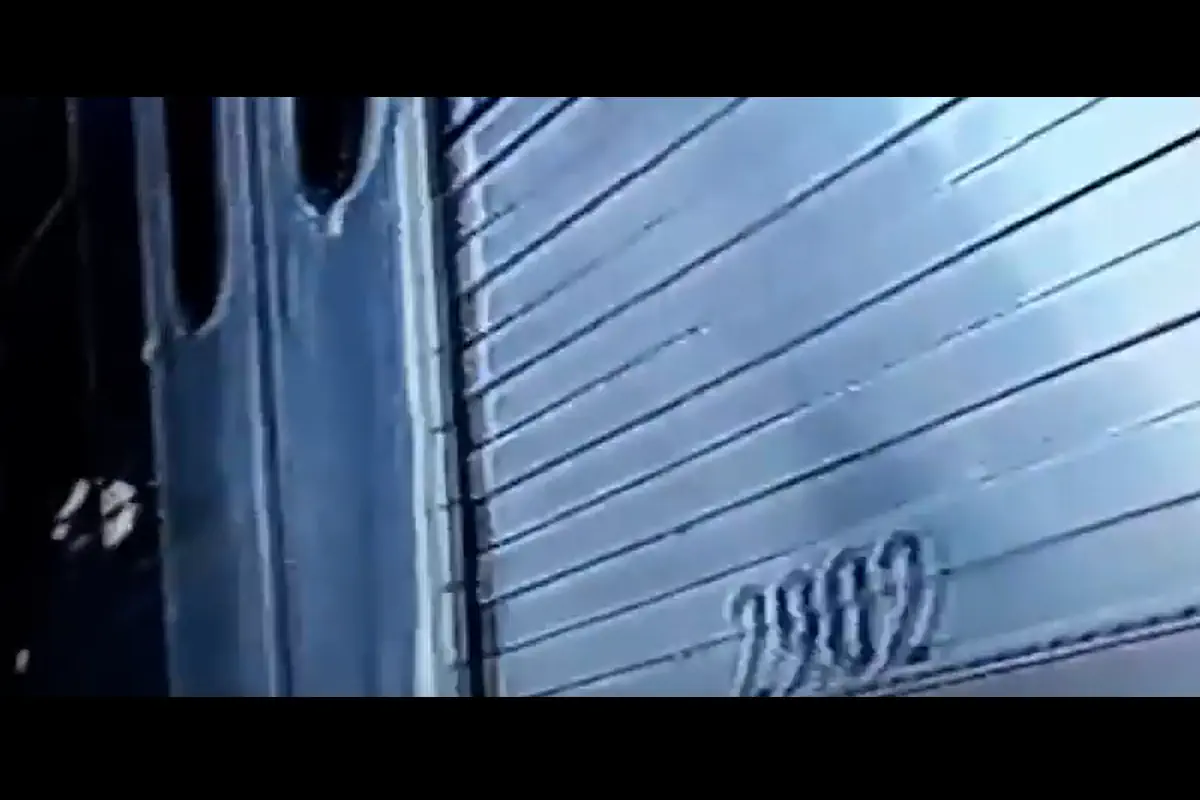
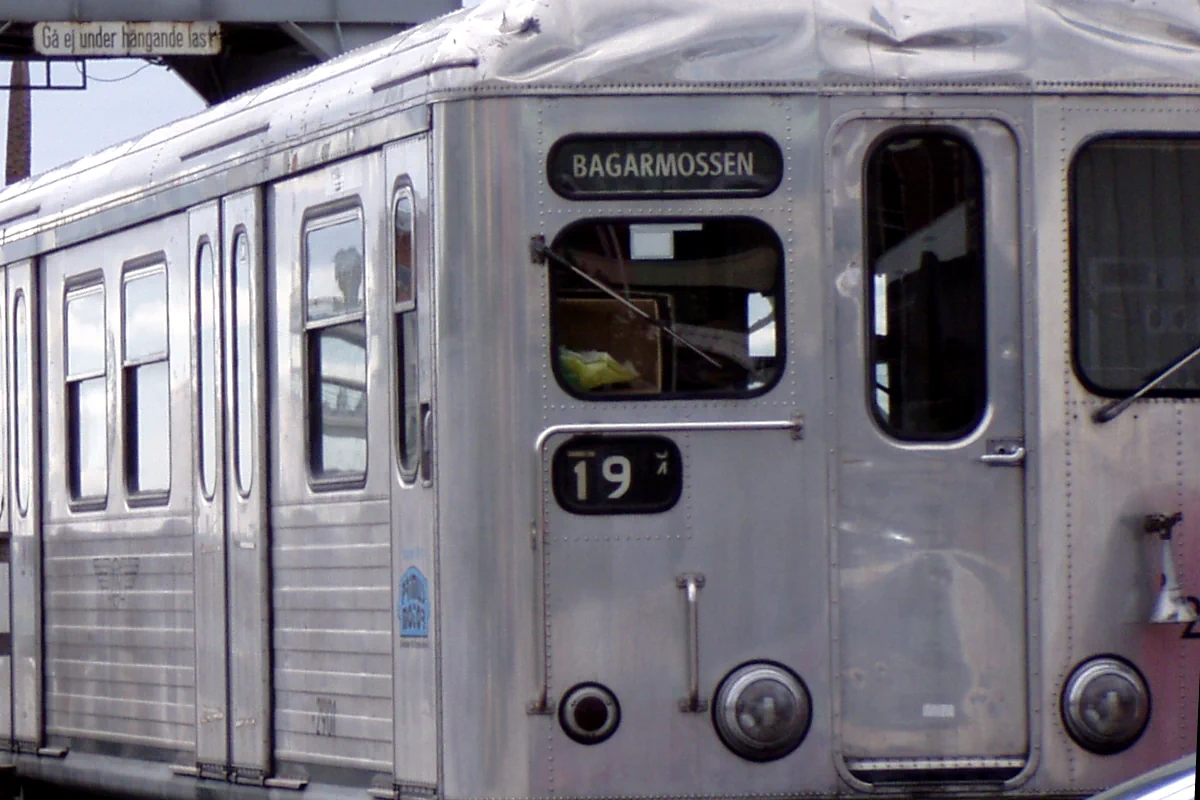
The Silverpilen was a unique metro train that stood apart from the rest of Stockholm’s green-painted fleet. Introduced in the mid-1960s as a car from the traditionally green C4 series of the time, its distinct silver color and slightly quieter engine made this train set very special, and only eight silver-colored cars were manufactured.
Due to its rarity—it was only used as a backup and never for regular service—it quickly became the subject of urban folklore.
For decades, the city’s collective imagination has transformed stories about the Silverpilen into a ghostly figure. According to legend, the Silverpilen only appears late at night, stopping at deserted stations, or sometimes even passing through without stopping.
Passengers lucky—or perhaps unlucky—enough to board this spectral train are said to experience a journey that lasts much longer than expected, sometimes described as a ride to the “other side.”
Some tales even suggest that passengers traveling on the Silverpilen may never return, sparking eerie speculations of a portal to another dimension. These ghostly narratives have cemented the train’s place in Stockholm’s cultural mythology, making it a point of fascination for many curious visitors.
Beyond the realm of ghost stories, the Silverpilen has influenced various forms of art and media. In Sweden, it has inspired writers, filmmakers, and artists, finding its way into novels, movies, and even video games. This artistic legacy adds another layer of mystique to the already intriguing legend, enticing creative minds to explore its narrative potential.
For those hoping to catch a glimpse of the Silverpilen, a journey through Stockholm’s metro system is a must. While the train itself is no longer in operation, its legacy lives on. Tourists can explore the atmospheric, art-filled metro stations that have become symbolic of Stockholm’s commitment to public art. Key stations like Kungsträdgården and T-Centralen offer immersive experiences that fuse modern-day function with historical and artistic significance.
Visiting Stockholm offers a rare opportunity to delve into a city where the contemporary meets the mythical. The story of the Silverpilen ghost train enhances this experience, inviting travelers to tap into Stockholm’s lesser-known narratives. Whether you believe in the legend or not, the allure of the Silverpilen is undeniable, offering a unique glimpse into the cultural tapestry of Sweden’s capital.
Observe the dimly lit tracks of the metro as you plan your visit. You never know when the ghostly whisper of the Silver Arrow might just pass by, inviting you to partake in its mysterious journey.
![]() The Legend of Stockholm's Silverpilen
The Legend of Stockholm's Silverpilen
![]() Legenden om Silverpilen i Stockholm
Legenden om Silverpilen i Stockholm